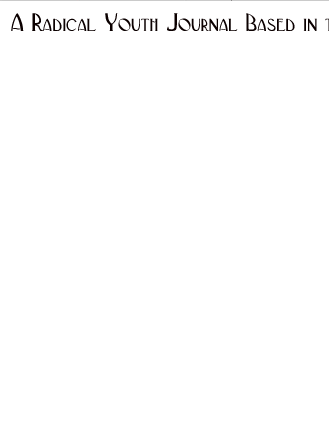|
How Candlestick
Charts Work
Candlestick charts, a formidable instrument in financial markets, offer a vivid portrayal of price fluctuations. They present a transparent
and succinct method for discerning market dynamics and making astute trading choices.
These charts are composed of multiple candlesticks, each epitomizing a defined temporal segment—be it a minute, an hour, or a day. Each
candlestick reveals four pivotal data points: the opening, closing, highest, and lowest prices within that interval.
The genesis of candlestick charts can be traced to 18th-century Japan, where they were originally devised by rice merchants to monitor price
variations and project future trends https://en.octatrading.net/education/article/how-candlestick-charts-work/. Their utility has burgeoned internationally, cementing their status as a quintessential tool in
contemporary trading and financial scrutiny.
A candlestick comprises several integral elements. Grasping these components is crucial for deciphering the chart's narrative.
Body: The body signifies the span between the opening and closing prices. When the closing price surpasses the opening price, the body is
conventionally colored green or white. Conversely, a lower closing price results in a body shaded red or black.
Wicks (Shadows): The lines extending above and below the body are known as wicks or shadows. They delineate the highest and lowest prices
during the specified period. The length of these wicks can offer insights into market volatility and potential reversals.
Color: The hue of the body reflects the market's directional movement. Green or white denotes a bullish trend (price increase), while red or
black signifies a bearish trend (price decline).
Interpreting candlestick charts entails recognizing patterns and trends. By scrutinizing the sequence of candlesticks, traders can forecast
forthcoming price movements.
Identifying Trends: Observe for patterns like elongated bodies or specific formations that denote a trend’s vigor or potential reversal. For
instance, a succession of green candlesticks may indicate a robust uptrend, whereas a combination of Doji and other reversal patterns might
hint at a trend shift.
Combining Patterns: Utilize multiple patterns together to corroborate signals. For example, a Doji followed by a Hammer can strengthen the
indication of a market reversal.
Candlestick charts confer numerous benefits upon traders and analysts.
Visual Clarity: They offer a lucid and intuitively grasped depiction of price movements. The coloration and shape of the candlesticks
facilitate the rapid identification of trends and reversals.
Enhanced Decision-Making: By analyzing patterns, traders can make more enlightened decisions. These patterns can pinpoint potential entry
and exit points, thereby refining trading strategies.
Versatility Across Markets: Candlestick charts are adaptable and applicable across diverse markets, including equities, forex, and
cryptocurrencies. This flexibility renders them an invaluable asset for various trading endeavors.
Steering clear of common mistakes can enhance the effectiveness of candlestick chart usage.
Misinterpreting Patterns: Not every pattern guarantees specific outcomes. Evaluate patterns in the broader market context and alongside
other indicators before making decisions based solely on candlestick formations.
Ignoring Market Context: Candlestick patterns should be interpreted in conjunction with the overarching market trend and additional
technical indicators. Sole reliance on patterns without contextual understanding can lead to erroneous conclusions.
By mastering the nuances of candlestick charts, traders can refine their analysis and decision-making processes, ultimately leading to more
successful trading outcomes.
|





